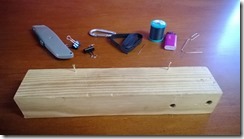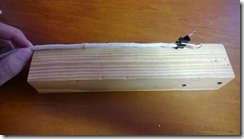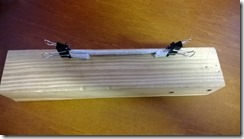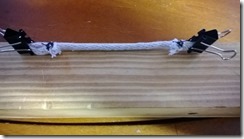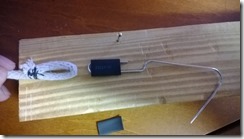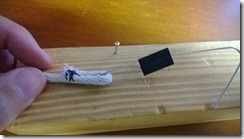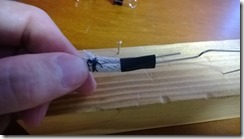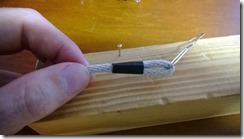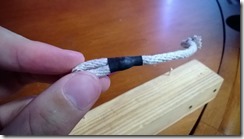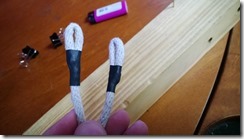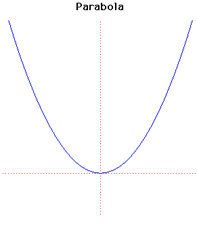Many years ago, I was at Disney’s Epcot and I purchased a bottle holder lanyard. I was fascinated by its simple design. It’s just a string and a plastic sliding lock to hold the bottle in place. I searched for a similar lanyard and I was surprised you couldn’t get this design anywhere else. So I figured I would search for the parts and make some myself and maybe sell them. Then I found out you couldn’t buy the plastic lock anywhere. So I put it out of my mind for a while.
Every once in a while, I would look for bottle holders and was always dissatisfied with what I found. One day I was out on a hike, with my Epcot bottle holder over my shoulder and the idea came to me. It was such a simple design, I have no idea why I never thought of it before.
I got home from the hike and started prototyping it. The holder worked very well. I could make one or two for myself and be happy. But at the moment, the bigger challenge to me was, can I make them quickly and consistently? Like if I wanted to really sell them? So that led me to thinking about automation and harnesses. The first step would be to make a manual harness for assembly.
Of course, the next day, I decided to search online for my idea and there’s plenty of comparable designs out there. Not exact, but similar in design and functionality. So I’m not going to bother with any selling of these. I may use them as giveaways in geocaches or something.
So, if anyone wants to manufacture these items in quantity, here’s the plans for my harness and instructions on assembly.
To make the harness, you need a block of wood at least 8 inches long, two small headless nails, two small binder clips, and a large paper clip. Drive the first nail 7.5” from the edge and the other nail 2.5” from the edge. That leaves 5” between the nails. The harness is done. The other pieces are assembly tools. Bend the paperclip into a J hook. Use the smaller hook for the J.
To make the slings, you need: a length of paracord, a spool of polyester button/carpet thread, a strong needle (curved if you can get it), and a length of .25” shrink tubing.
To assemble a bottle sling:
Cut a length of paracord to 7.5”. This length is from the edge of the harness to the far nail. This is the benefit of a properly-designed assembly harness, it’s also your ruler. Melt the ends of the cord to prevent unraveling.
Wrap the cord around the nails leaving an equal amount of cord on each end. Hold the cord in place on the nails using the binder clips.
Stitch the cord together, creating loops at the ends. You shouldn’t need more than 3-4 stitches to have a durable sling. Keep the stitches close to the end of the cord to allow a large loop.
Cut two small pieces of shrink tubing – about .75”. Make a mark in your harness for consistency.
Feed a piece of shrink tubing over the J-hook paperclip tool.
Hook one end of the sling and using the paperclip as a guide, slide the shrink tubing over the sling’s loop. The shrink tubing should cover the stitching and the end of the cord.
Shrink the tubing over the stitching and repeat for the other end.
Loop the sling around the neck of the bottle and tuck one loop through the other.
Clip carabineer through end loop to secure sling and attach to anything.
